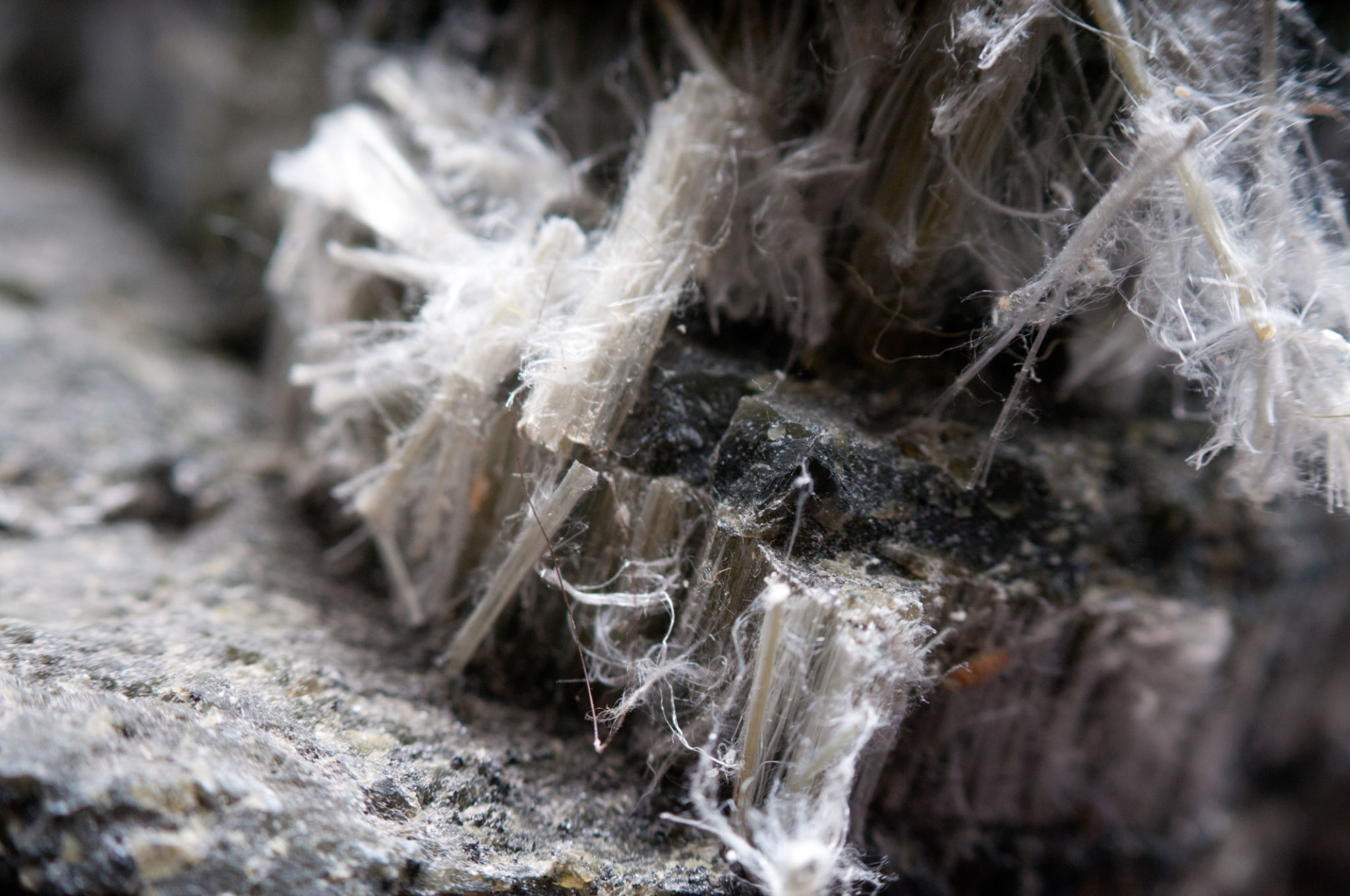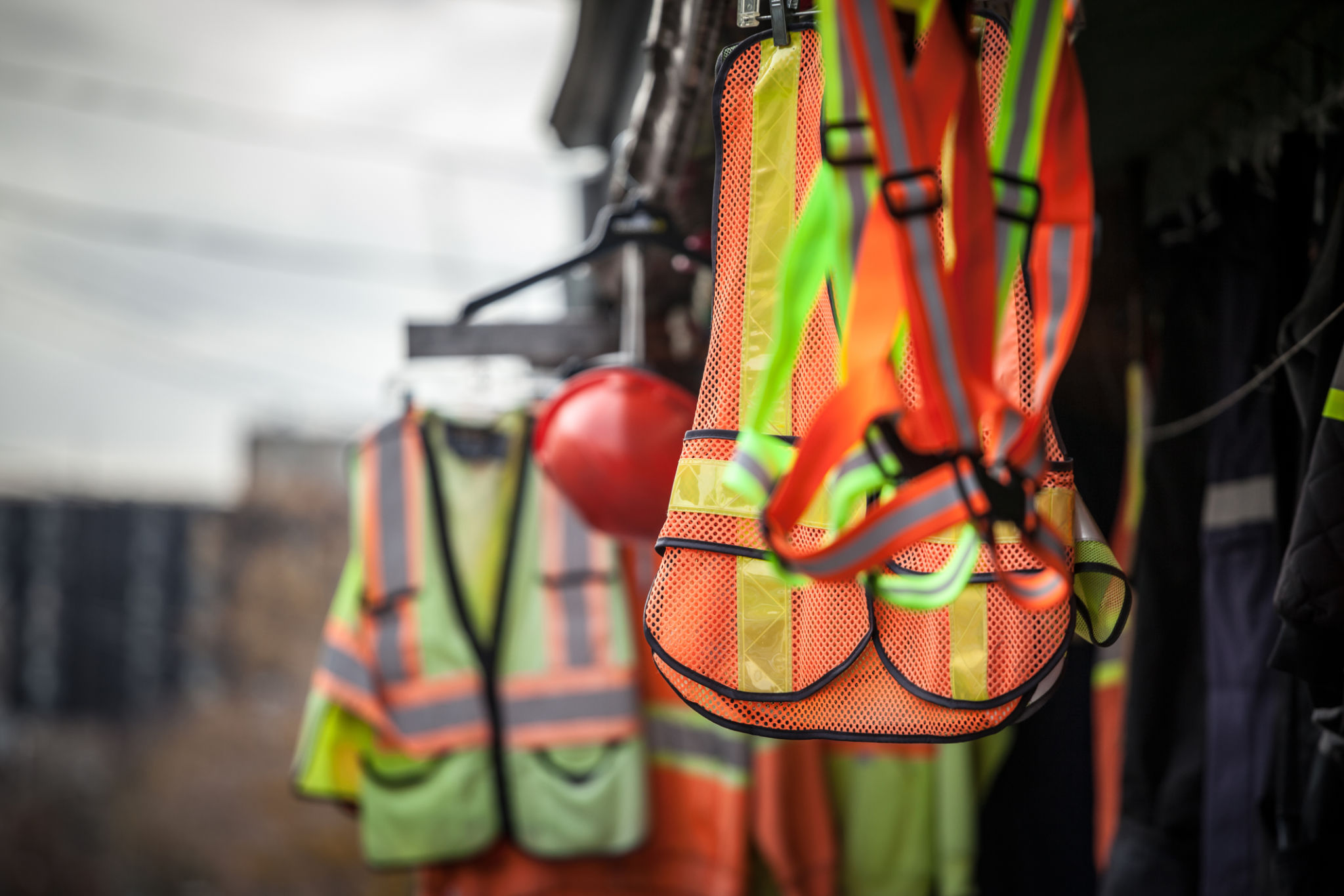Understanding Comprehensive Asbestos Testing and Removal: What to Expect
Understanding Asbestos and Its Risks
Asbestos, a naturally occurring mineral once lauded for its durability and resistance to heat, was commonly used in construction materials until its dangers became widely known. Exposure to asbestos fibers can lead to serious health issues, including asbestosis, lung cancer, and mesothelioma. Understanding the importance of comprehensive asbestos testing and removal is crucial for ensuring the safety of your home or workplace.

The Need for Professional Asbestos Testing
Before any removal process begins, professional asbestos testing is essential. This step identifies the presence and concentration of asbestos in building materials. Certified inspectors collect samples from suspected areas, which are then analyzed in a lab to determine the level of risk. This process ensures that all asbestos-containing materials (ACMs) are accurately identified.
Professional testing is vital because asbestos fibers are not visible to the naked eye. Relying on expert assessment helps prevent unnecessary exposure and ensures compliance with safety regulations. Moreover, it provides peace of mind knowing that potential hazards have been thoroughly evaluated.
Understanding the Removal Process
Once testing confirms the presence of asbestos, a detailed removal plan is developed. The process begins with an initial assessment followed by the creation of a customized removal strategy tailored to the specific conditions of the site. This plan outlines the steps needed to safely eliminate the asbestos hazard.

The removal procedure typically involves sealing off the affected area to prevent contamination. Professionals use specialized equipment to safely extract and dispose of asbestos materials. It's imperative that this task is performed by licensed experts who adhere to strict safety protocols to minimize health risks.
What to Expect During Asbestos Removal
- Pre-removal preparation: The area is isolated, and air filtration systems are installed to maintain air quality.
- Careful extraction: Asbestos materials are carefully removed, ensuring minimal disturbance to reduce airborne fibers.
- Post-removal inspection: After removal, the site is thoroughly cleaned and inspected to confirm that all traces of asbestos have been eliminated.
Ensuring Compliance and Safety
Compliance with local and federal regulations is a cornerstone of safe asbestos removal. Licensed professionals are well-versed in these regulations and ensure that every aspect of the process meets legal requirements. This not only protects the health of occupants but also shields property owners from potential legal liabilities.

Regular communication with your asbestos removal team can provide updates on the progress and any unforeseen challenges. Transparency throughout the process helps maintain trust and ensures a smooth experience.
The Importance of Post-Removal Monitoring
After the removal process is complete, post-removal monitoring is crucial. Follow-up air quality testing verifies that no asbestos fibers remain in the environment. This step provides assurance that the area is safe for reoccupation and that all potential health risks have been mitigated.
In conclusion, understanding comprehensive asbestos testing and removal is vital for anyone dealing with potential asbestos exposure. By engaging certified professionals, you can safeguard your environment and protect the long-term health of its occupants.
